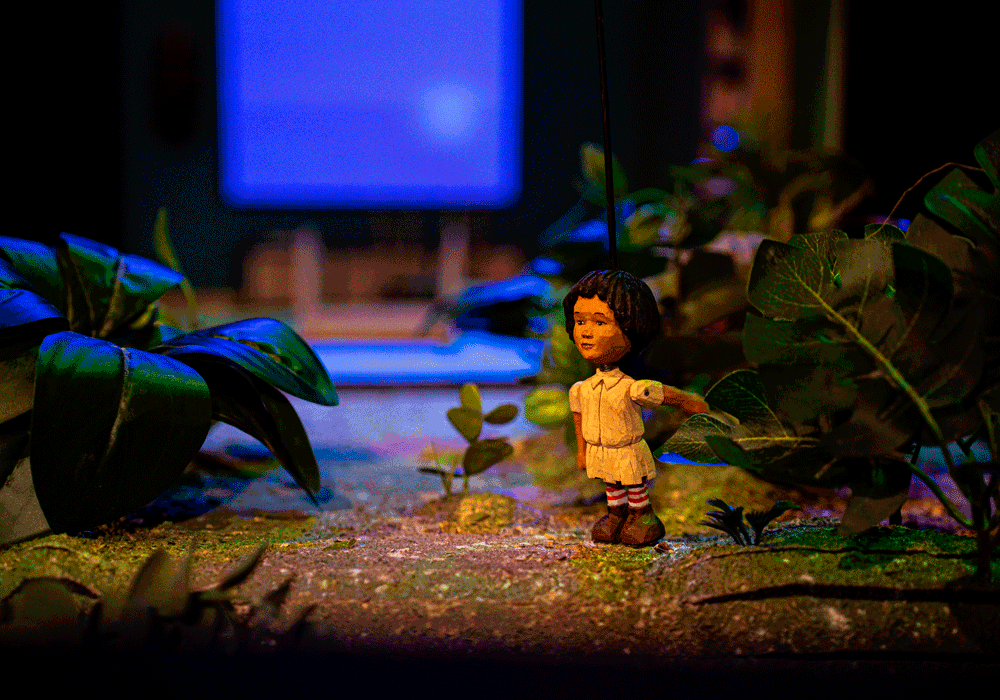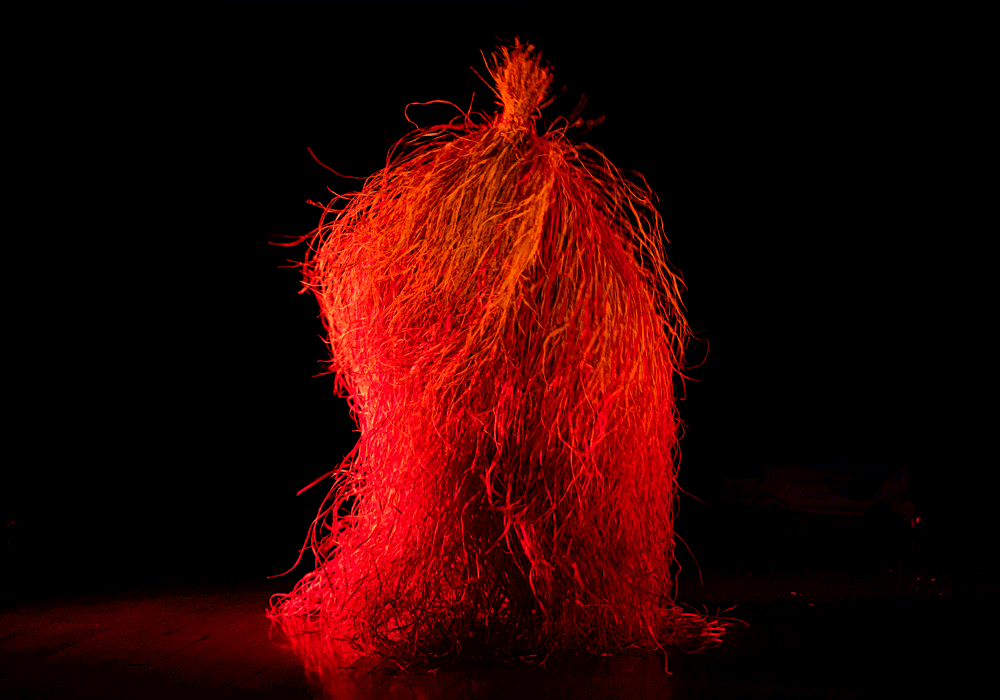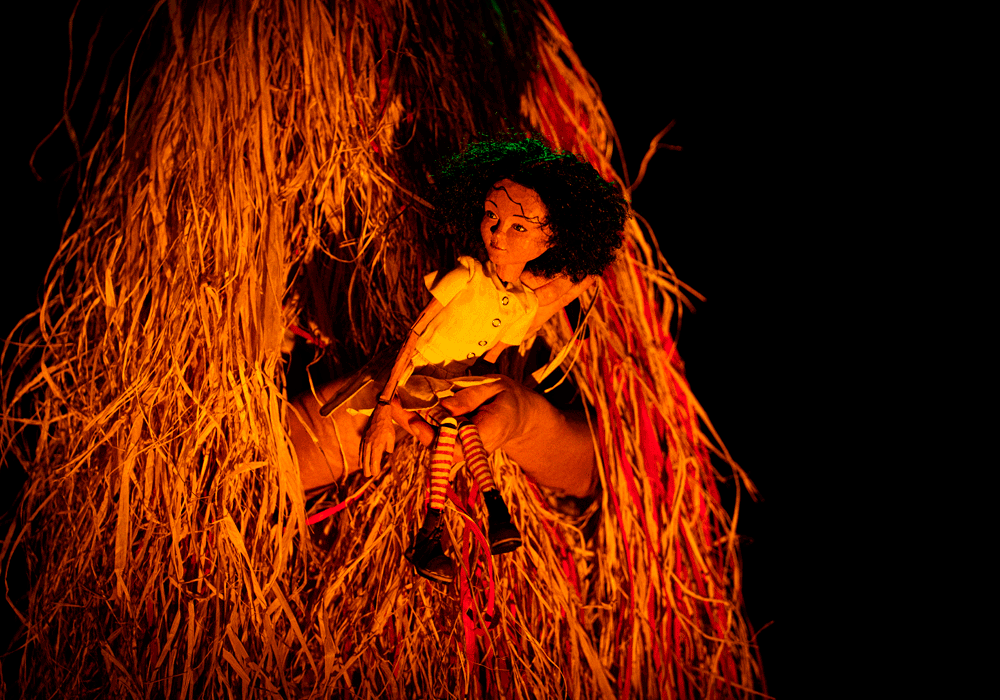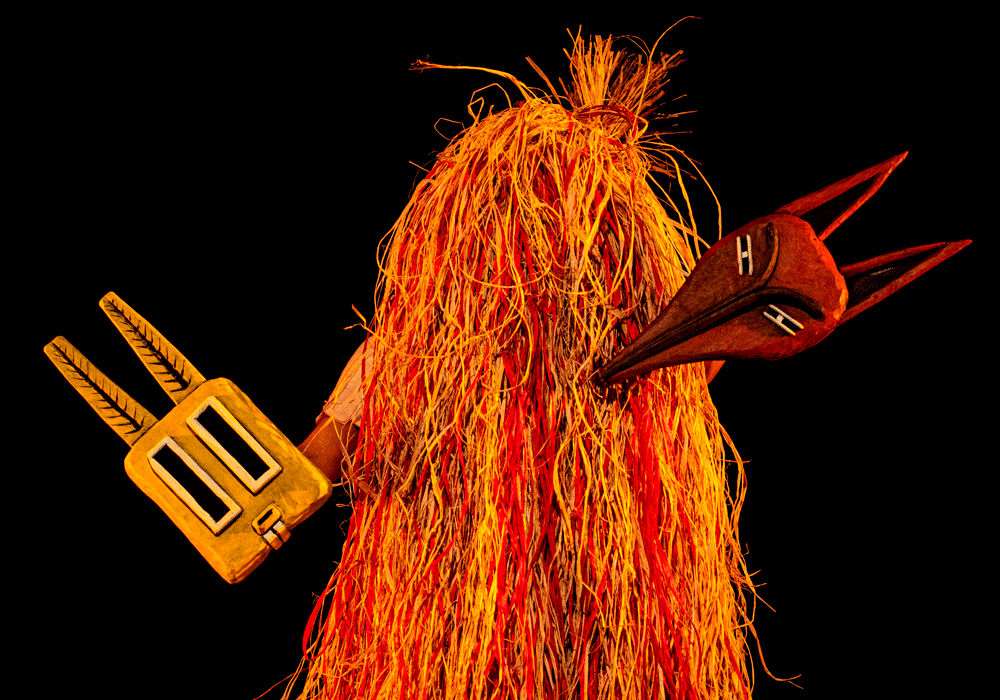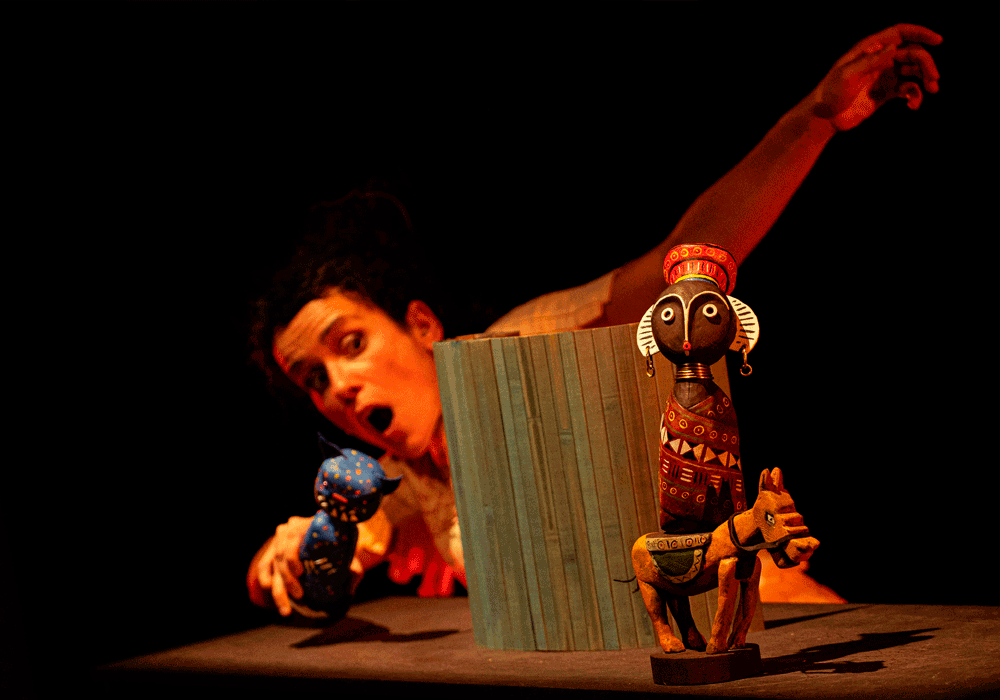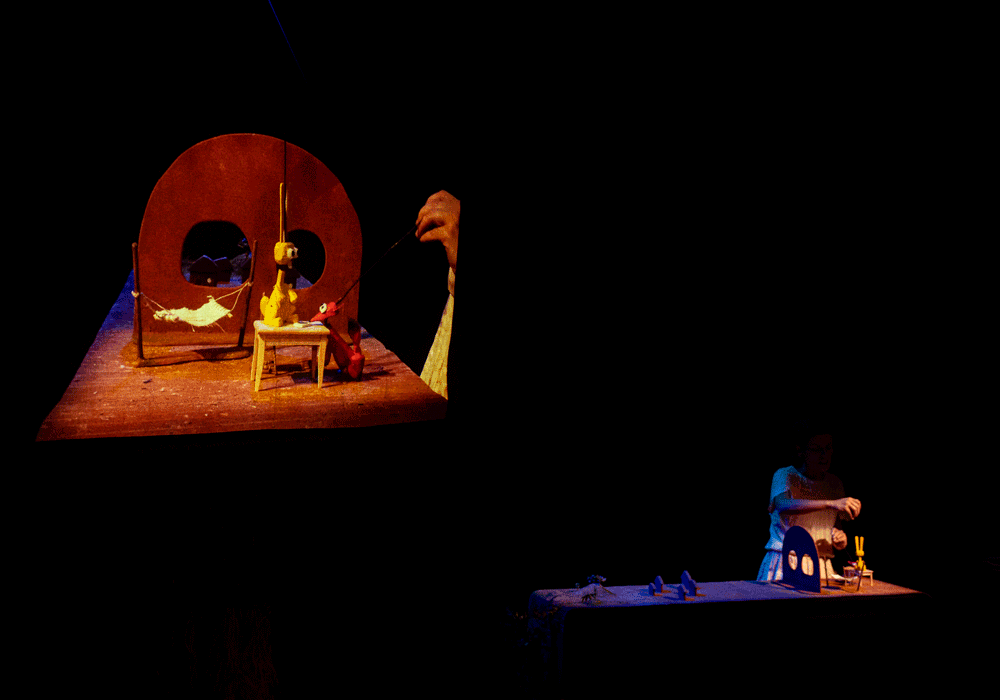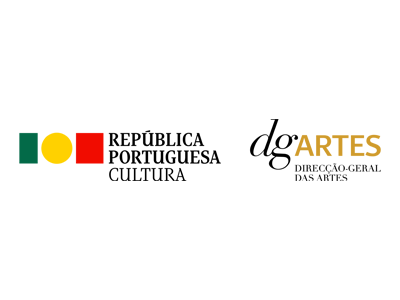Dolls
Many years ago, when animals lived together in the same village, many disguised themselves as humans, to escape hunting men, and there were humans who transformed into animals, to hide from other predators, such as wolves, and thus attack better. the fangs. It takes a lot of attention, even today, to know if the fox in front of us is really a fox or if, on the contrary, it is a person disguised as a fox. Or even a fox disguised as a person!
....crosses the Sahel region and arrives at an unknown place...
- About the Show
- Just as traditional tales play an essential role in a child's development, in Bonecos, the show multiplies into interconnected narratives that make up the journey. The intersection and experience of the archetypes themselves translate into a process of transformation of the central character. It would have been in some way a rite of passage. In Bonecos, the “girl” covers several stories that inhabit traditional African imagery. She has a habit of watching documentaries about wild animal life. That day he feels the call of the jungle within him and sets off on a journey to hunt for stories. Cross the sea, pass through North Africa, cross the Sahara desert, at night, cross the Sahel region and arrive at the unknown place, where story-telling trees grow. What she saw in the documentaries has nothing to do with what she experiences on this trip.
- Technique and aesthetics
- Bonecos is a creation that absorbs several cultural influences from a dive into African tales. It develops the traditional imagery of tales and their importance, combining the vast universe of puppets and the techniques that Red Cloud Teatro de Marionetas has been exploring. It is a theater show with puppets in a diverse field of manipulation and interpretation techniques. He manages to combine words, movement, live cinema, in a multi-layered creation.
- Process and content
- The balance between the word and its importance, the movement, the images, the puppets, the music and the continued reflection throughout the process proved to be a great challenge. Especially when finding the space to doubt, distrust, explore and at the same time share open rehearsals with the public. In the limbo between tradition and contemporaneity, the company has sought to develop its artistic and reflective work. We understand that in order to understand and move forward in the present, we need to go to the past and look for stories that have not reached us, that have not been told. The creative process involved research and constant dialogue between all elements. It was a show put together and conceived by several voices and which from the beginning presented itself as an open and circular process among the entire team, transgenerational, diverse in terms of professional and academic experience. Ways of public participation in open rehearsals, conversations and research were developed through the sharing of free masterclasses. The idea for the project came from the artistic direction with the aim of continuing research, development and questioning regarding knowledge of the present time. Seeking to deepen and assimilate the story from various points of view, so that sharing it with the public can provoke new considerations and reflections about “us” (individually), the “others” (as a whole and/or the reflected image of “us” "in/of "others") and "society" (as a whole), key points, a game of mirrors that have accompanied the company's creations in one way or another. In this regard, it was considered necessary to understand aspects of the African cultural tradition. Portugal, Europe and Africa have maintained various types of relations since the 15th century. From that time until today, in the 21st century, both continents are fully connected socially and economically, despite the unbalanced connection. One of the reflections of this imbalance is the little knowledge that exists about the culture and history of Africa, specifically countries such as Angola, Cape Verde, Guinea Bissau and Mozambique, which are essential for understanding some historical and social aspects in Portugal.It is in this context that the urge to learn about aspects of pre-colonial African culture arises, preserved in many places to this day. In order to resolve any misunderstandings, it is worth highlighting that the show Bonecos, as it itself proves, does not translate nor intend to reflect the immense African culture so particular to each country and region, obviously it would be impossible to even have this impulse. It reflects, yes, the journey itself through symbols, archetypes, stories and histories, through conversations and readings around the themes for the construction of the show, where 3 stories known in various regions of Africa are told. It is the artistic result of “diving” into the world of the “word” of oral tradition tales known and transmitted in Africa, and into the world of puppets and their various techniques in Europe and Africa. It can be said that in all of the company's work there is a proposal to provoke reflections from an early age about “us”, “society” and “others”. To this end, we consider it necessary to dance between tradition and contemporaneity, and the will - the need to question who we are, where we are and what we see.
Indoor shows
Dolls
- Credits
- Production | Red Cloud Teatro de Marionetas
- Creation | Sara Henriques, Rui Rodrigues, Quico Cadaval, Jorge Louraço Figueira
- Director | Quico Cadaval
- Text | Jorge Louraço Figueira
- Interpretation and manipulation | Sara Henriques
- Puppets, illustration, props and lighting design | Rui Rodrigues
- Original soundtrack | António Justiça
- Video | João Garcia Neto
- Movement consultancy | Paula Moreno
- Movement coaching | Dayana Guzmán - Dança AfroAveiro
- Costume design | Cláudia Ribeiro
- Technical assistant | João de Matos
- Consulting and Educational Service | Christine Zurbach e Catarina Firmo
- Production | Ana Gavina e Sara Henriques
- Artistic directors | Sara Henriques e Rui Rodrigues
- Special thanks | Professor Celestino Macedo e Boniface Ofogo
- Co-production | Teatro Aveirense/ Câmara Municipal de Aveiro
- Support | Direção-Geral das Artes
- Partnership | Festival Internacional de Marionetas do Porto, Museu da Marioneta e Junta de Freguesia de Esgueira
- Technical rider
- Stage black
Total darkness - Espaço de representação
Width - 8 meters
Depth - 6 meters
Height - 3.5 meters - Curtains
Black backdrop
4 Legs
- Lighting
- 10 15/30 Profile Projectors with filter holder
2 PC Projectors 650w with barndoors and filter holder
6 Par Led Ledding Solar Zoom
5 Par 16 (Company equipment)
Dimmers - 15 canais
Console Chamsys PC (1 univ.) (Company equipment)
Colors: Rosco e-color+
174 - 2 Prof. 15/30
202 - 7 Prof. 15/30 + 2 PC
101 - 2 Prof. 15/30
- Video
- HDMI Cables(Company equipment)
1 Video projector (Company equipment)
1 Digital camera (Company equipment)
1 Rear projection screen (Company equipment)
Projector stand 1,9m height (Company equipment)
- Sound
- Mixer
Standard stereo sound system
1 DI box stereo or 2 mono
1 Laptop (Company equipment)
- Logistics
- Set up - 8 hours
Disassembly - 1 hora - Crew - 3 people
Dressing rooms - 2
- Duration
- 60 minutes
- Age rating
- M/6
- Location
- Black box

